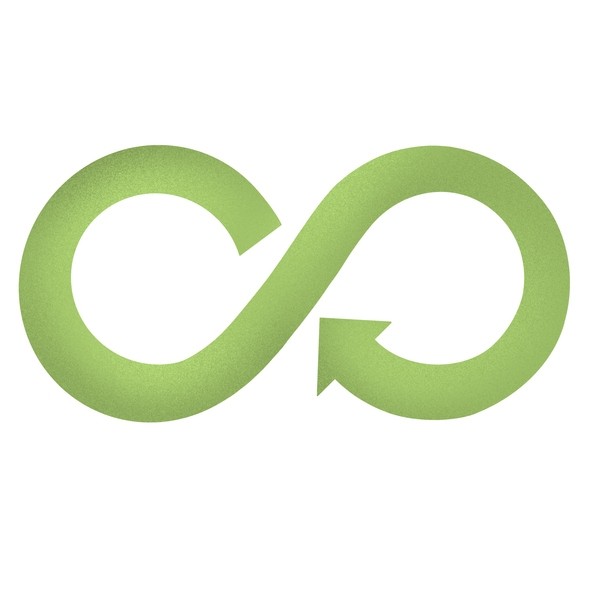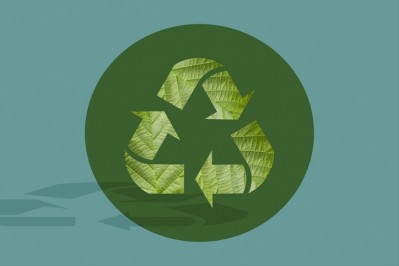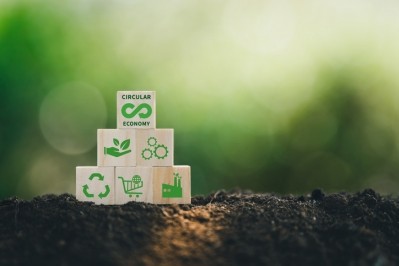‘To achieve the maximum feasible utilization of PAPs in feed, we don’t require every mill to be using them’

“We need to understand where PAPs can add most value to the feed ration so that specific pig or poultry producers and feed compounders have a strong incentive to make any adjustments necessary to include PAPs,” Dr Martin Alm, technical director, the European Fat Processors and Renderers Association (EFPRA), told this publication
Studies underway at Wageningen University are key to realizing that objective, he said.
Dr Alm was reacting to the relaxation of the ‘feed ban’ on the reuse of animal proteins, which has just come into force.
Annex IV of Regulation (EC) No 999/2001, known as the feed ban, has been amended to allow processed animal proteins (PAPs) in the diets of non-ruminant animals. Specifically, protein derived from pigs may be used in poultry diets while, protein derived from poultry is allowed in pig diets. Insect PAPs are also allowed to be used in feed for monogastric animals from this juncture.
“Restrictions on animal protein use were introduced 20 years ago. Since then, agricultural practices as well as technology and methodology in the rendering industry has changed but the standard values for animal proteins in feed tables has not,” added Carine van Vuure, member of EFPRA’s technical committee. “Research is aiming to fill this critical gap in our knowledge as well as measure if there are any animal health and performance benefits to using PAPs.”
At present, there are some early indications of such benefits, said the organization, but the size and scope of the studies means that there is no conclusive evidence until more research is complete.
EFPRA’s website contains summaries of the research to date into pig and poultry diets containing PAPs include feed tables for linear programming for compounders.
Steady growth in use of PAPs in aqua feed
There had been a ban on the use of PAPs in animal diets in the EU since 2001, following the BSE crisis. The ban was lifted on the use of such proteins in fish feed in 2013.
“For aqua feed, the growth in the market has been steady as more end-users have become familiar with the product and made any adjustment to their operations necessary. We expect a similar situation with step-by-step growth in the use of PAPs for pig and poultry feed,” said Dr Alm.
A requirement of the new regulation on the use of PAPs is a mill must be completely dedicated to either poultry or pig feed, so if a feed manufacturer wanted to introduce pig PAPs into poultry feeds, for example, it could only do so in a plant that produced poultry feed.
And EU feed industry representative body, FEFAC, says the number of EU based feed mills that are 100% dedicated to pig feed or to poultry feed is extremely low.
Commenting on that restriction, Dr Alm said: “We understand completely that the feed industry cannot segregate operations overnight and that some facilities will never process PAPs because they are producing feed for multiple species. But there are businesses where this will be possible relatively quickly, integrated poultry units, for example.
“To achieve the maximum feasible utilization of PAPs in feed, we don’t require every feed mill to be using PAPs.”
EFPRA members have many years’ experience operating species segregated operations, he said, and they will be able to offer guidance to customers along the supply chain to ensure they can safely use animal by-products.
The rendering body anticipates that inclusion rates of 2–10% will become commonplace to supply protein and other essential nutrients in the feed ration. “PAPs are one of nearly 2,000 ingredients so we need to work in partnership with pig and poultry producers, and feed compounders to understand the optimum usage.”
Circular economy in action
Dr Alm acknowledged that livestock production is a hot button topic in the sustainability arena today, but he is keen to stress EFPRA’s role in lowering the environmental impact of the whole animal-based food chain.
Rendering, with its history of reprocessing by-products back into useful raw materials is a longstanding example of the circular economy in action.
“By mass, approximately half of every animal produced for meat doesn’t become food. Renderers make sure that everything is used, and nothing is wasted. The materials such as PAPs and fertilizer that are the recycled back into food production have a low carbon footprint compared to virgin raw materials.”
EFPRA uses the GFLI accreditation system to assess the sustainability credentials of animal fats and proteins as animal feed. According to this analysis PAPs have a lower carbon footprint than soy, particularly when land use change is taken into account.
Weighing in on the discussion was EFPRA general secretary, Dirk Dobbelaere, who said the relaxation of the feed ban was a ”testament to the hard work member companies have done to ensure the industry operates at a very high technical and scientific level. It means we can produce safe, healthy single species animal proteins which are highly valued as feed ingredients.
“The next step is for EFPRA members to work closely with other parts of the food supply chain to find beneficial ways to increase use of animal by-products in animal feed.”














